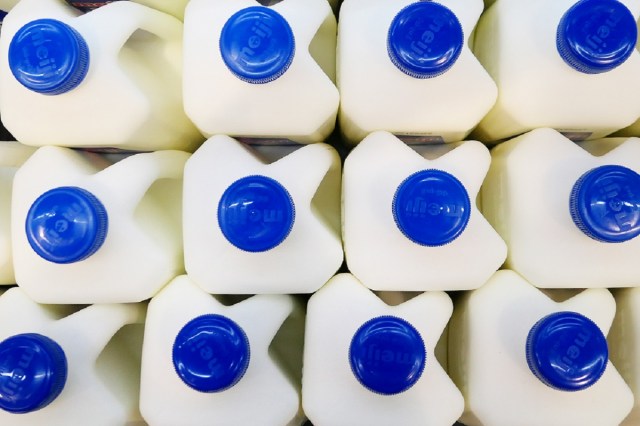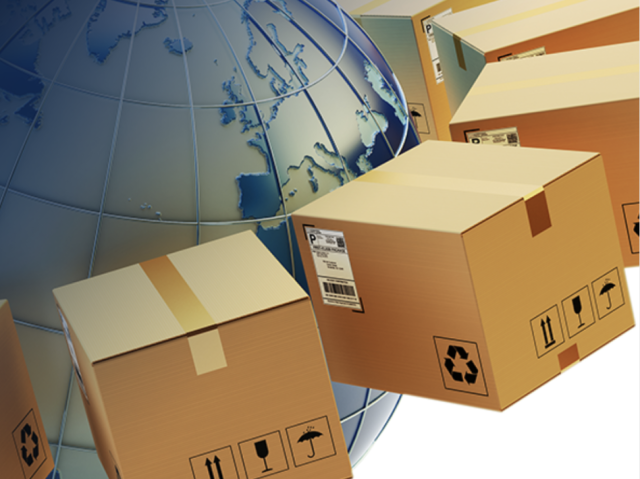
APCO has released the fifth iteration of its annual Consumption & Recovery Data Report. The report provides an analysis of packaging consumption and recovery in the Australia market in 2021-22, and measures Australia’s progress towards the 2025 National Packaging Targets (2025 Targets).
The report has revealed modest progress towards the 2025 Targets. These results were consistent with the findings of the National Packaging Targets Review conducted in 2023.
Key findings include:
- 2021-22, Australia’s total packaging placed on the market was estimated at 6.98 million tonnes. This included paper and paperboard (52.3 per cent), plastic packaging (18.3 per cent), glass packaging (16.4 per cent), wood packaging (8.8 per cent), and metal packaging (4.3 per cent).
- The total post-consumer packaging recovery was estimated at 3.91 million tonnes (56 per cent). This recovery was primarily of paper and paperboard (64.0 per cent), followed by glass (18.4 per cent), wood (7.1 per cent), plastic (6.6 per cent), and metal (3.9 per cent).
- Post Consumer recycled content in packaging was 2.57 million tonnes (40 per cent of total packaging).
- It was estimated that 84 per cent per cent of the total packaging (by tonnage) was classified as having good recycling potential. More than 90 per cent of glass (100 per cent), metal (100 per cent) and paper and paperboard (93%) were classified as having good recycling potential, while only 42 per cent of plastic packaging was classified as having good recycling potential.
Australia’s progress against the 2025 Targets includes:
- Target 1: 100 per cent reusable, recyclable or compostable packaging.
Result: The proportion of recyclable packaging decreased from 86 per cent to 84 per cent.
Note: This was caused by the change in the recycling potential score for flexible B2C plastic packaging. This decision was made to reflect an extraordinary industry event where collection and reprocessing facilities became unavailable despite the technical recyclability of this material.
- Target 2: 70 per cent of plastic packaging being recycled or composted.
Result: The plastic recycling rate increased from 18 per cent to 20 per cent.
- Target 3: 50 per cent of average post-consumer recycled content included in packaging.
Result: The average recycled content increased from 39 per cent to 40 per cent.
- Target 4: The phase-out of problematic and unnecessary single-use plastic packaging.
Result: This has been reduced by 33 per cent from the 2017-18 baseline.
APCO CEO, Chris Foley, said: “While it has been clear for over twelve months that the 2025 Targets will not be met within the timeframe, it’s essential that we continue to conduct a regular pulse-check to understand the state of packaging in Australia and identify what needs to change in order to address the critical structural issues in the market. This report provides a critical picture of where we’re at and to inform decisions going forward.
“Clearly, ‘business as usual’ activity is not enough, and it is time to chart a bolder course. To that end, APCO is currently developing a new strategy to 2030 that builds on the organisation’s strategic reset following the 2022 review of the Targets. To support this, APCO is running a series of nationwide member forums to gather feedback and input; it is critical that businesses have their say now to help guide the development of this strategy.”
Comment below to have your say on this story.
If you have a news story or tip-off, get in touch at editorial@propack.pro
Sign up to the ProPack newsletter


